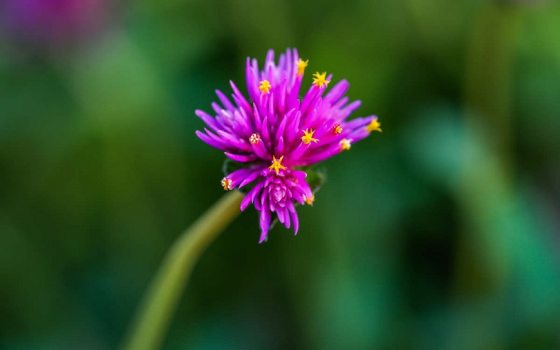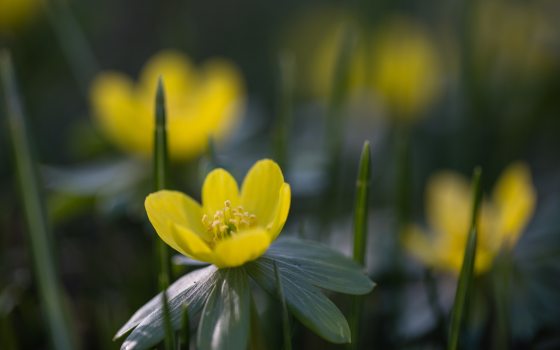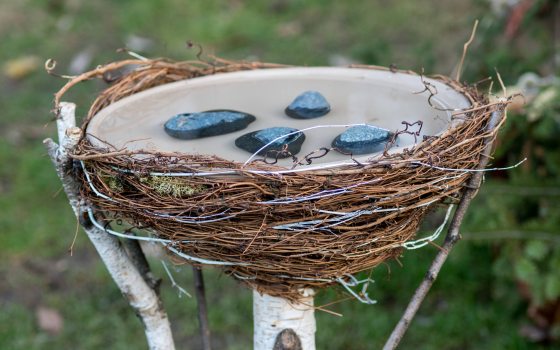What a joy it is to stroll through a home garden and see the natural ebb and flow of plants as they emerge from the soil in spring and then put on an exuberant flower display in summer. By creating a cut flower garden at home you can have the luxury of creating bouquets to take inside … and to enjoy them even when you’re not strolling through the garden.
Cut flower gardens can be constructed in a variety of ways to fit a gardener’s needs and desires. They can be simple garden beds where plants with long lasting blooms can grow or they can be larger, more elaborate production spaces with diverse flowers and structures to support long-stemmed flowers. Converting already-existing beds into a cut flower space is the easiest way to get started. Utilizing extra space in a vegetable garden is another time-saving strategy.

No matter the type of cut flower garden you’re constructing, choosing a sunny site will help ensure success as most cut flowers require a minimum of six hours of sunlight each day. Creating a garden space dedicated to growing cut flowers will allow you the freedom to cut those flowers without the guilt of removing too many flowers from other gardens.
One of my favorite jobs as Longwood’s outdoor landscapes manager is selecting the flowers I want to grow. Seed catalogs and websites will often have sections devoted to the best flowers for cutting. Typically, you should look for flowers that have long stems with long-lasting blooms. Ageratum, globe-amaranth, snapdragons, zinnias, and dahlias are some of my favorites. I find that I often run out of space in the garden long before I run out of fun plants I want to grow.

Depending on your available time and interest you can start flowers from seed or purchase transplants around mid-May. Choosing plants that bloom in varying seasons will ensure there is always something ready to harvest for the vase. There are lots of great resources to learn more different types of cut flowers, including the Association of Specialty Cut Flower Growers, which I refer to frequently.

Many cut flowers feature lovely long stems that require some type of support. It takes a bit of time to provide this support when setting up the garden, but it’s well worth it as it saves time throughout the growing season and yields beautiful results. You can provide needed support a variety of ways.

If your cut flower garden is on the smaller side you can stake plants individually using bamboo or tomato cages. A larger cut flower garden might require more of a field production staking method. Many plastic, grid-like netting materials can be used horizontally so the plants grow up through the grid to provide support between plants. Corner posts give the grid netting stability. You can add more grid layers as the plants continue to grow.


As a gardener, it is a joy to be able to create bouquets to share with others, as well as enjoy in our own homes. I think all gardeners can agree that flowers are meant for sharing.


